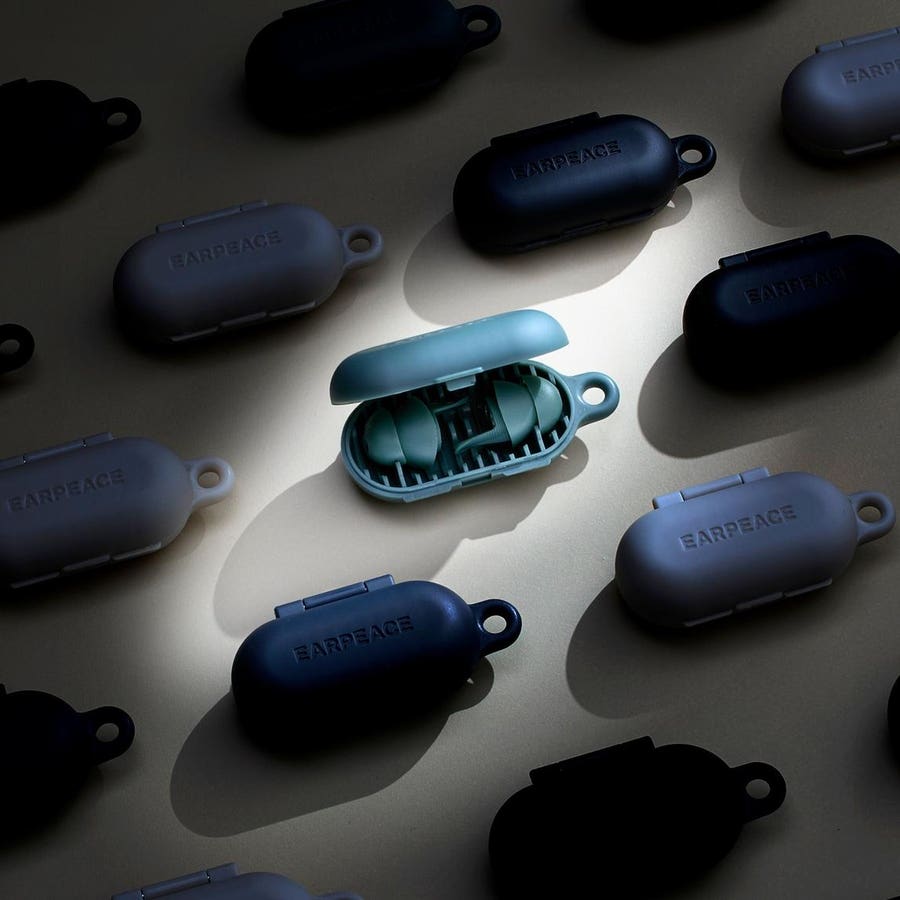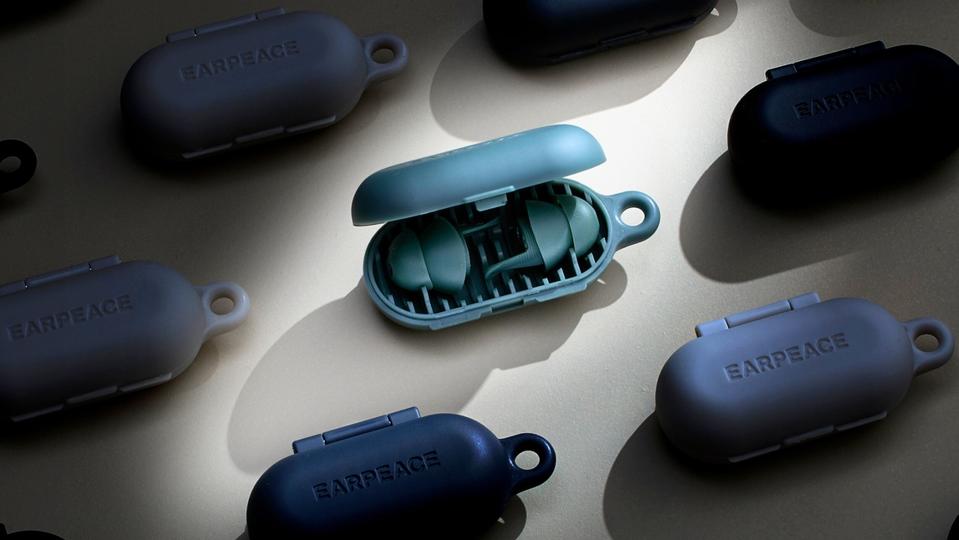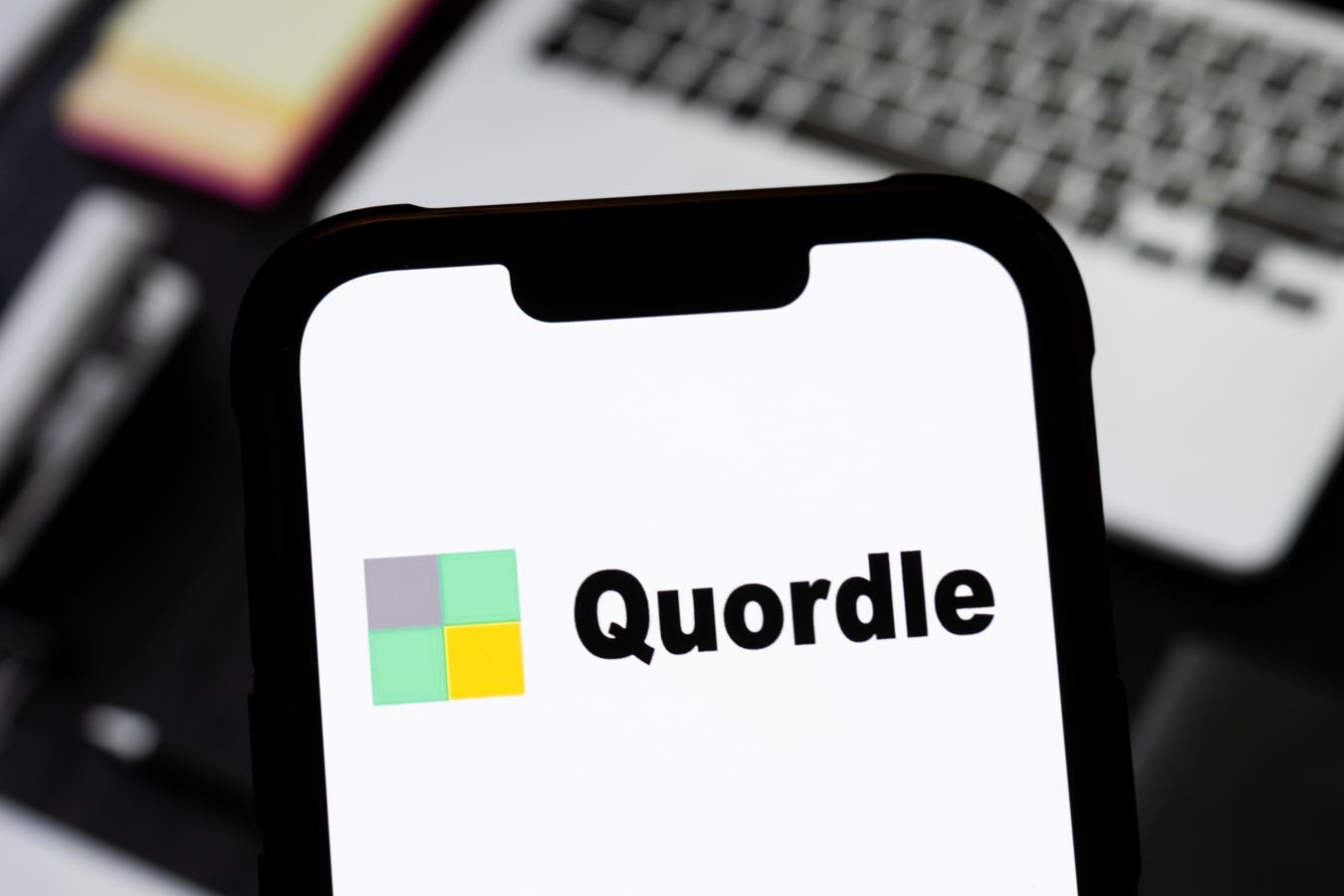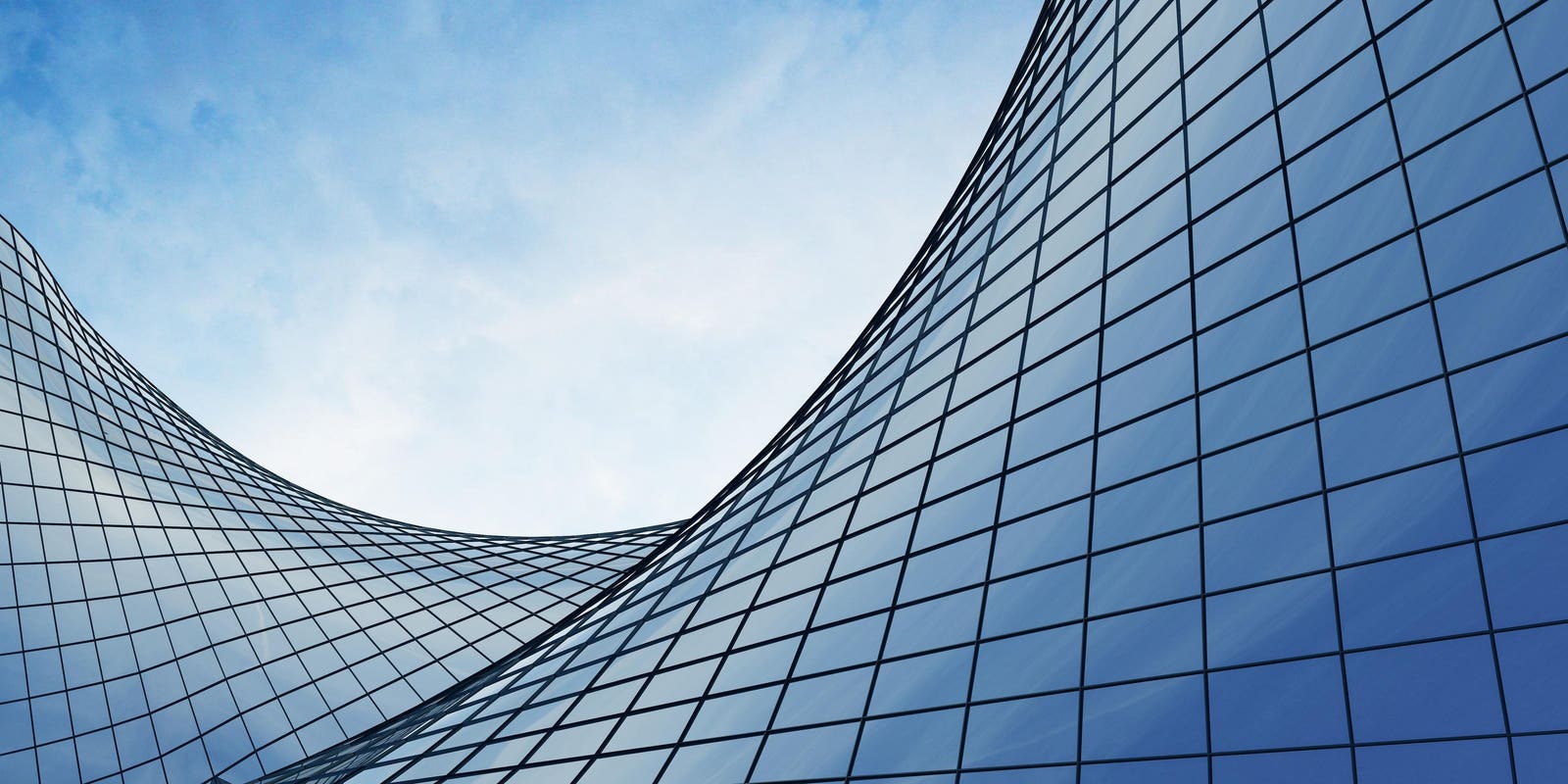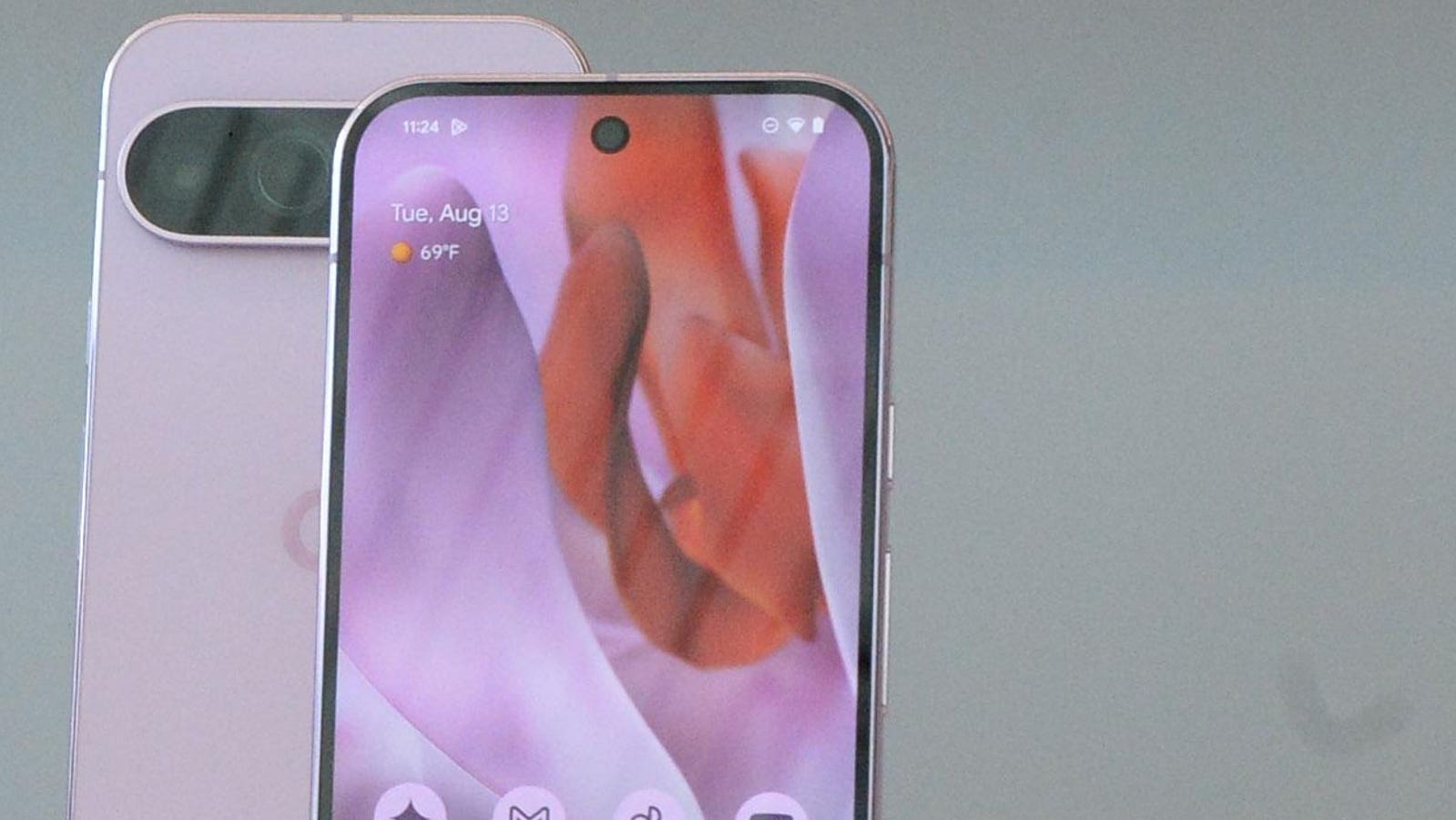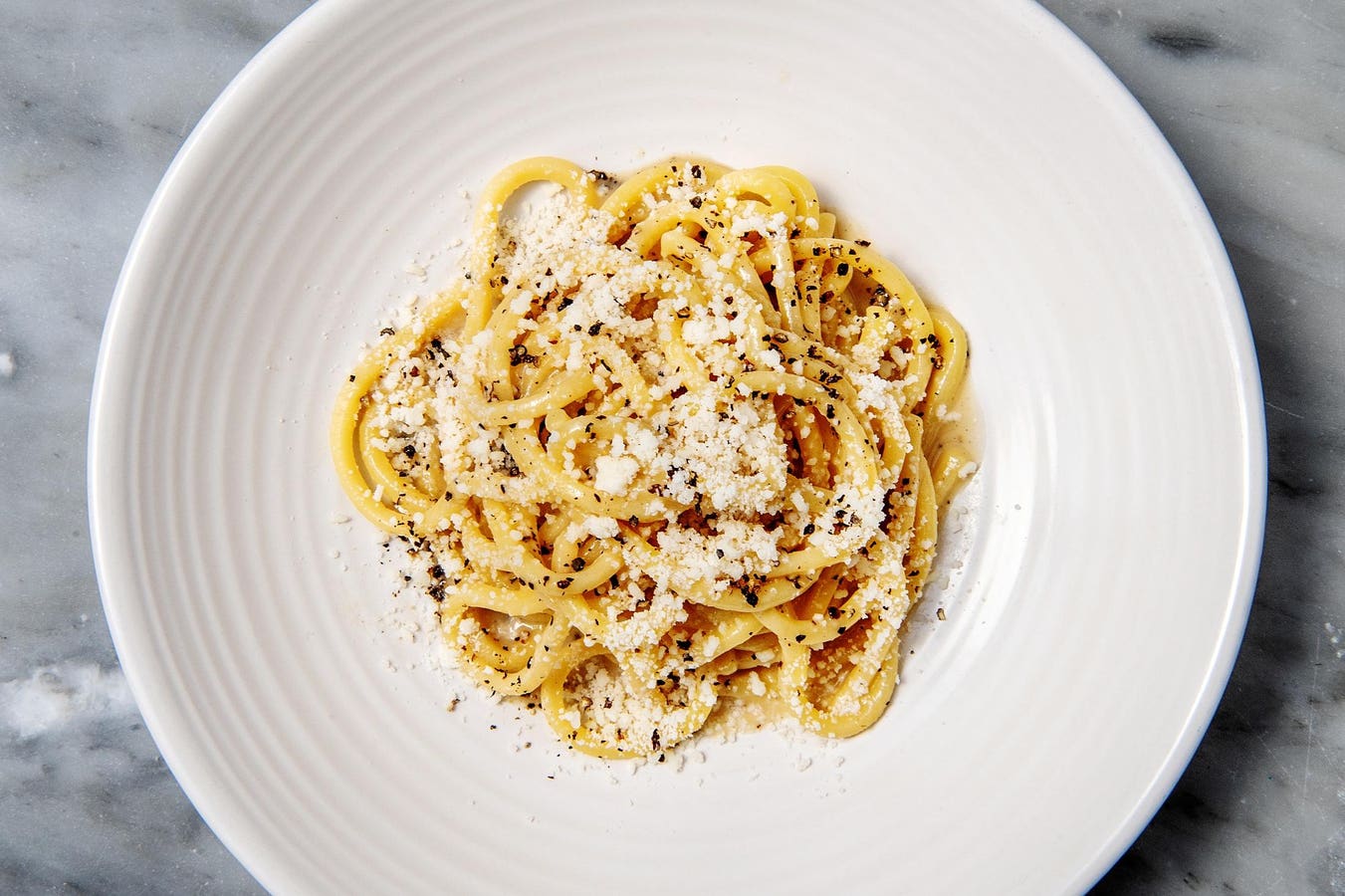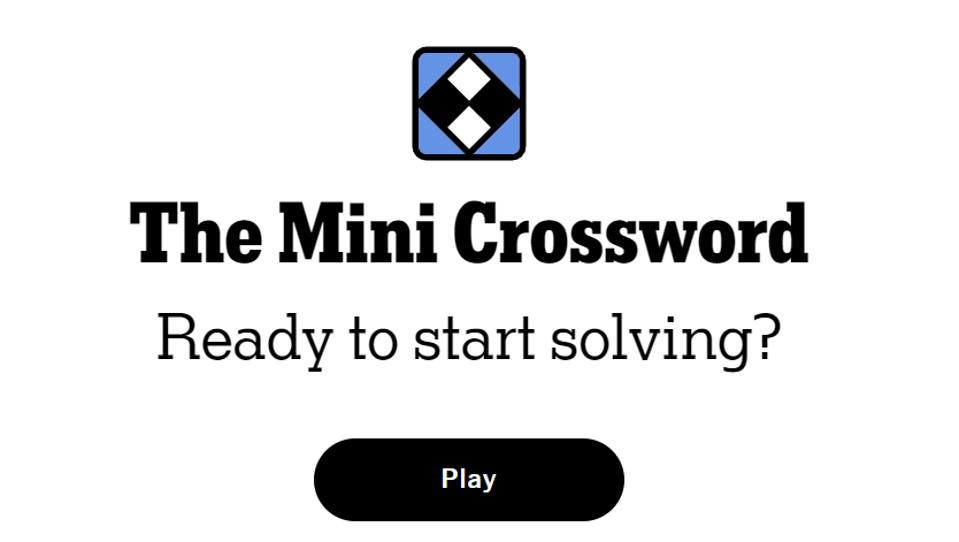EARPEACE Everyday earplugs
Revisiting the Noise Economy
In my last article, I introduced the idea that we live in a Noise Economy. Noise is no longer just an occasional nuisance. It is a constant force that affects our health, our focus, and our ability to feel grounded in daily life. That article resonated with readers who had long sensed the problem but lacked the words to name it. Many wrote to share how deeply they related. Now, I want to shift focus to one of the simplest, most overlooked tools we have to respond: hearing protection.
A Lifestyle Shift with Health Benefits
For decades, hearing protection remained on the fringe. It was seen as a safety tool for construction crews, factory workers, hunters, or the occasional concertgoer handed a foam plug at the gate. It was industrial, disposable, and uninspiring. Most people never gave it a second thought.
That perception has been changing, gradually but significantly. Over the past fifteen years, a new category has emerged. Festival organizers began offering earplugs at events. Musicians began endorsing them. Brands like EarPeace entered the market with better-looking, better-performing products that felt more like lifestyle tools than medical gear.
This evolution matters. Ear protection is no longer something to hide. It is something to choose.
Today, brands like Loop, Eargasm, EarFab, and EarPeace have helped reframe the conversation. Their products are not only functional, they are stylish, discreet, and designed to be worn with confidence. Loop’s ring-shaped earplugs come in a range of colors and finishes to match one’s wardrobe or environment. Eargasm offers high-fidelity filters that preserve sound quality while protecting hearing, ideal for musicians and concertgoers. EarFab brings custom-fit technology to the mainstream, enabling users to scan their ears via a smartphone app for precise comfort. EarPeace, one of the earliest lifestyle-first hearing protection companies, offers performance-specific options packaged in sleek metal cases that feel like accessories, not medical supplies.
What once seemed niche is becoming personal, portable, and proudly worn.
Still, awareness does not always translate into action. A Specsavers-backed study in the United Kingdom found that 81 percent of festivalgoers experienced ear ringing after events, but fewer than one-third had ever used earplugs. Similar reports in the United States show that while many say they would wear hearing protection if it were provided, very few actively seek it out. The issue is not lack of awareness. It is lack of habit, access, and social acceptance.
The risk starts earlier than many realize. A generation raised on earbuds, video conferencing, streaming platforms, and open-plan offices is already showing signs of auditory fatigue. Add to that the whir of appliances, the hum of HVAC systems, the clang of gym equipment, and the sirens of emergency vehicles, and the average auditory load becomes substantial. The damage does not happen in one moment. It builds across time, through constant layering.
Friction, not laziness, is the obstacle. When protection is freely available at concerts, adoption increases. When employers offer earplugs in offices or warehouses, usage improves. When musicians, influencers, or public figures normalize it, the stigma fades. People want to protect their hearing. They simply need the tools, the visibility, and the permission.
This is a wellness issue, not a lecture. Just like sunscreen or sunglasses, hearing protection helps prevent damage we cannot see until it is too late. It is not about limiting joy. It is about extending it. It is about being present, energized, and intentional.
Why Noise Is Becoming a Business Metric
The Noise Economy is shaping more than just individual behavior. It is influencing product design and corporate values. Quiet Mark, a certification program for low-noise performance, now reviews and endorses appliances and tools designed to reduce background noise. Their seal appears on dishwashers, kettles, washing machines, and workspace products, helping consumers find options that support well-being at home or work.
Dyson, known for its powerful vacuums and hair dryers, has also made noise mitigation part of its design approach. Delivering both performance and quiet is difficult, but the company has committed to that challenge because it understands that sound is part of user experience, not an afterthought.
That is the Noise Economy in action. Sound has value and cost. And how we manage it has real implications for health, customer experience, and brand trust.
We are still early in this movement, but momentum is building. Hearing protection is showing up in public places and private routines. People are starting to talk about the noise level in their daily lives at restaurants, gyms, and workplaces. And the market is responding.
Brands that once ignored hearing health now have an opportunity to lead. Offering ear protection in public venues, promoting quiet-certified products, and designing spaces with auditory wellness in mind are not just acts of care. They are competitive advantages in a market where experience and well-being are increasingly tied to sound.
When worn openly, hearing protection starts new conversations on focus, wellness, and how we can make the spaces we share more respectful. Choosing to protect your hearing is not about withdrawal. It is about participation, with care.
The Noise Economy is not about avoiding life. It is about living it more fully. Hearing protection is one way we can take back control and decide what we let in. The sooner we act, the more we can enjoy, not in silence, but in clarity and sanity.

